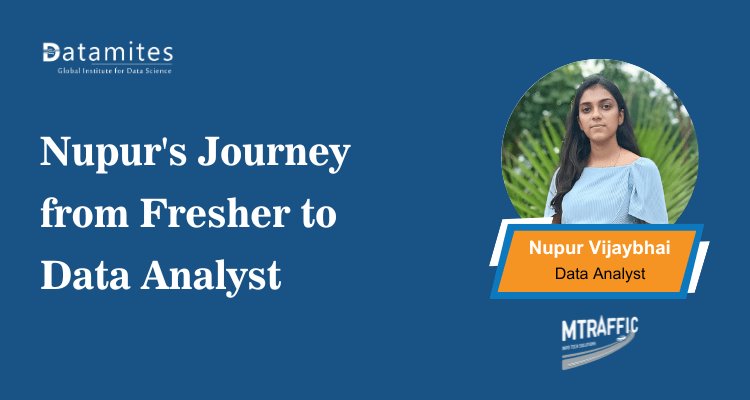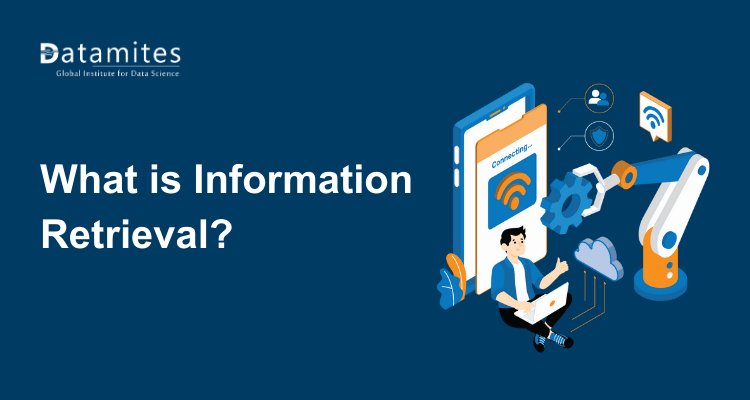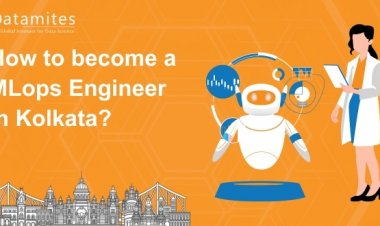List Of Generative Adversarial Networks Applications
Learn how GANs are transforming industries like image generation, healthcare, entertainment, and cybersecurity through advanced artificial intelligence techniques.
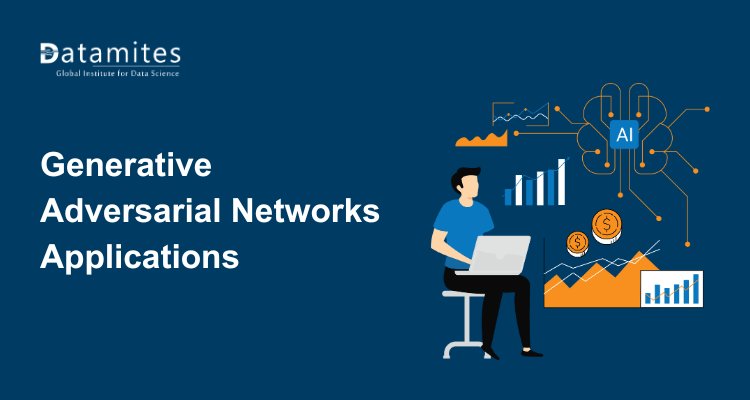
Artificial Intelligence (AI) has revolutionized the digital world, and one of the most exciting innovations in this space is the Generative Adversarial Network (GAN). GANs have transformed how machines create, imagine, and simulate real-world data from generating realistic images to powering deepfake videos and enhancing medical imaging.
In this article, we’ll explore what GANs are, how they work, their implementation, popular frameworks used to build them, and a detailed list of top applications of Generative Adversarial Networks across industries.
What is a Generative Adversarial Network (GAN)?
A Generative Adversarial Network (GAN) is a cutting-edge deep learning model introduced by Ian Goodfellow in 2014. It consists of two neural networks the Generator and the Discriminator that work in opposition in a competitive, game-like framework.
- The Generator produces synthetic data such as images, audio, or videos.
- The Discriminator evaluates whether the generated data is authentic or artificial.
Through this adversarial training process, both networks progressively improve, producing highly realistic outputs nearly indistinguishable from real-world data. The generative AI market is witnessing explosive growth, projected to rise from USD 71.36 billion in 2025 to USD 890.59 billion by 2032, at a CAGR of 43.4% (Markets and Markets).
Implementation of Generative Adversarial Network
Implementing a GAN typically involves Python and deep learning libraries such as TensorFlow or PyTorch. Here’s a simplified overview of how GANs are implemented:
- Import Dependencies – Use libraries like TensorFlow, Keras, or PyTorch.
- Build the Generator Model – A neural network that transforms random noise into structured data.
- Build the Discriminator Model – A binary classifier that predicts whether input data is real or fake.
- Combine Models for Training – Train both models alternately using loss functions and optimizers such as Adam.
- Generate Synthetic Data – Once trained, the generator can create new, realistic outputs.
For researchers and AI enthusiasts, platforms like Google Colab and Kaggle Notebooks provide ideal environments to experiment with GANs, offering free GPU support for efficient model training. The Artificial Intelligence (AI) software market is rapidly expanding, with a valuation of USD 122 billion in 2024. Driven by a robust Compound Annual Growth Rate (CAGR) of 25%, the market is expected to reach USD 467 billion by 2030, according to ABI Research.
Refer these below articles:
- How are GANs Transforming AI?
- What Is Vertex Artificial Intelligence?
- What is Simple Linear Regression
Generative Adversarial Network Frameworks
Developers and data scientists can leverage several frameworks to build and train GANs efficiently. Below are some of the most popular GAN frameworks:
- TensorFlow GAN (TF-GAN): Offers tools for building and training GAN models easily within TensorFlow.
- PyTorch-GAN: A flexible and widely used library with a large collection of GAN implementations.
- Keras: Ideal for beginners; allows easy prototyping of GAN architectures.
- FastGAN and StyleGAN: Specialized frameworks for high-quality image synthesis.
- OpenAI’s Muse & DeepMind’s BigGAN: Advanced research models for large-scale generative tasks.
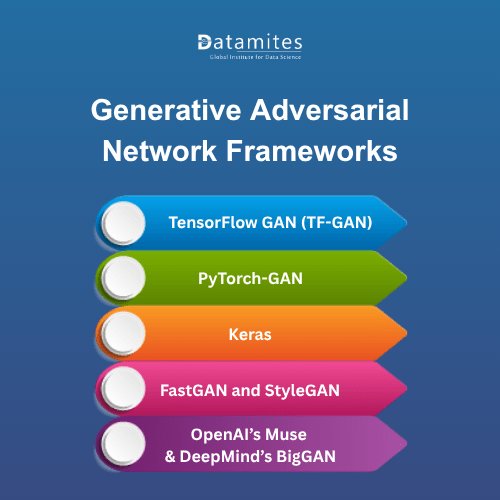
Top Generative Adversarial Networks Applications
Generative Adversarial Networks are redefining industries by enabling automation, creativity, and innovation. Here are some of the top applications of GANs:
1. Image Generation and Enhancement
GANs are extensively used to generate high-resolution, realistic images. They can enhance old or low-quality photos, remove noise, and even create new artwork or design prototypes.
2. Deepfake Creation and Face Swapping
One of the most popular GAN applications is in deepfake technology, where GANs synthesize realistic human faces and replace them in videos or images for entertainment, film, or research.
3. Medical Imaging
In healthcare, GANs help generate synthetic medical scans, enhance image clarity, and assist doctors in diagnosing rare diseases with improved image datasets.
4. Data Augmentation
GANs generate synthetic data for training machine learning models, especially when real-world datasets are limited. This boosts performance in tasks like object detection and image classification.
5. Art and Creative Design
Artists and designers use GANs to create new artwork, music compositions, and fashion designs. AI-powered tools like Artbreeder and RunwayML rely heavily on GANs for creative synthesis.
6. Text-to-Image Generation
With advanced models like DALL·E and Stable Diffusion, GANs can convert textual descriptions into vivid, detailed images, revolutionizing creative content generation.
7. Super-Resolution Imaging
GANs can upscale low-resolution images or videos, making them clearer and more detailed — a technique widely used in video streaming and satellite imaging.
8. Gaming and Virtual Worlds
Game developers use GANs to create realistic environments, textures, and characters dynamically, reducing manual design time and enhancing realism.
9. Fashion and E-Commerce
GANs predict fashion trends, generate virtual clothing samples, and allow customers to visualize outfits using AI-generated models.
10. Scientific Research and Drug Discovery
GANs simulate molecular structures and chemical reactions, accelerating discoveries in drug design and material science.
Read these below articles:
Generative Adversarial Networks are among the most influential innovations in artificial intelligence. Their ability to generate, enhance, and simulate data has transformed industries like entertainment, healthcare, and e-commerce. As GAN technology continues to evolve, we can expect even more groundbreaking applications from creating photorealistic virtual worlds to enabling personalized AI-driven creativity.
The future of an Artificial Intelligence Course in Chennai offers exciting opportunities to explore cutting-edge technologies such as Generative AI, reinforcement learning, and edge AI, which enables intelligent processing directly on devices. With the global AI market projected to expand rapidly, mastering these technologies positions learners at the forefront of the next wave of technological innovation.
Machine Learning Courses in Chennai are ideal for students, working professionals, and AI enthusiasts looking to stay ahead in the rapidly evolving tech landscape. By mastering ML, learners can contribute to innovative AI solutions that shape the future of technology.
The DataMites Artificial Intelligence Training in Chennai offers a comprehensive training program designed for both beginners and experienced professionals. The curriculum focuses on practical, hands-on learning through real-world projects, supported by mentorship from industry experts. With dedicated placement support, the course equips learners to excel in Chennai’s rapidly expanding tech ecosystem. Upon completion, participants earn internationally recognized certifications from IABAC and NASSCOM FutureSkills, enhancing their professional credibility and opening doors to rewarding career opportunities in the competitive field of AI.

